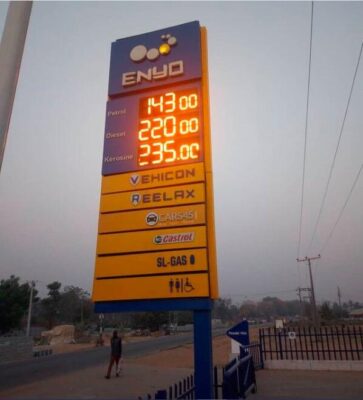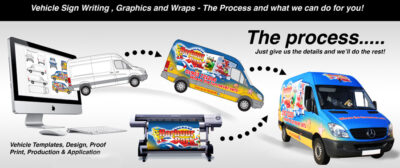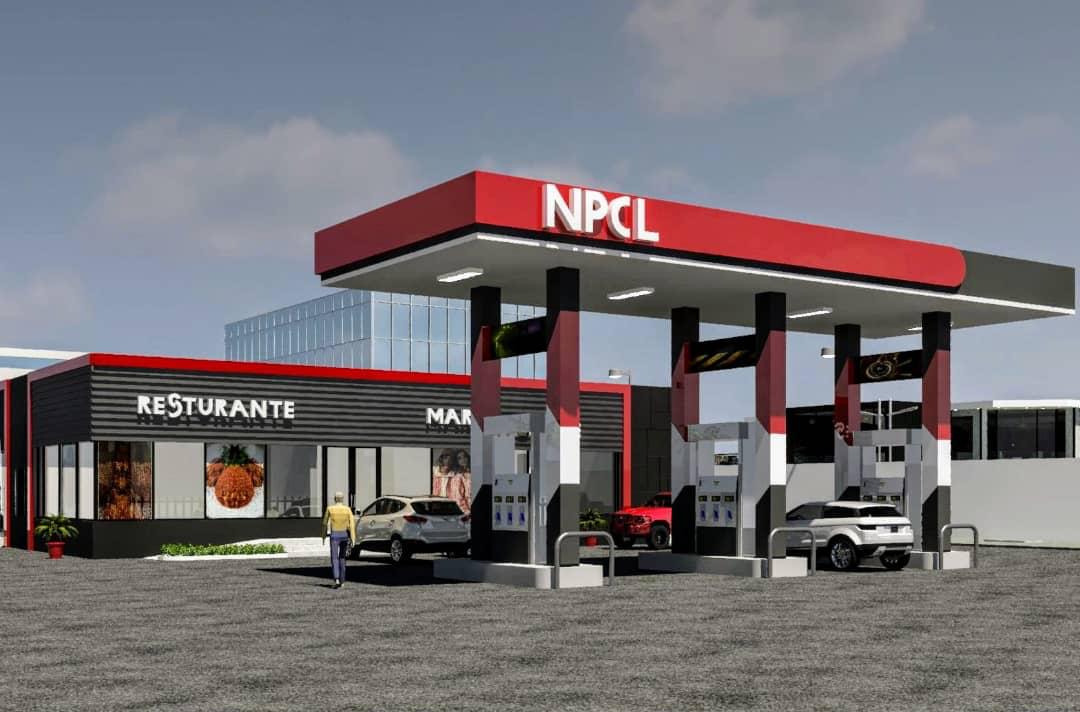Filling stations, commonly known as fuel stations, are a crucial part of the global economy, serving millions of vehicles daily. These facilities provide the necessary fuel to power vehicles while also offering additional services like convenience stores, car washes, and mechanic services. One of the most critical aspects of a filling station’s operation that often goes unnoticed by consumers is the signage. Filling station signage plays a crucial role not only in advertising and branding but also in ensuring the safety of both the station’s users and employees.
This article will explore the importance of filling station signage, its various forms, and how it contributes to the operational efficiency and success of fuel stations. Additionally, we’ll delve into pylon signs, their role in filling stations, and highlight Signfix Industrial Limited as one of the leading providers of signage solutions in Nigeria.
The Importance of Filling Station Signage
Filling station signage goes beyond mere decoration; it’s an essential tool for communication, marketing, and safety. A fuel station’s signage is the first point of contact between the business and its customers. From a distance, well-designed signs attract motorists to stop and refuel. Upon closer inspection, other signs inform customers about safety measures, pricing, services, and promotions.
- Attracting Customers
Signage is one of the primary ways filling stations can attract customers, especially in areas with heavy competition. A clear, bold, and eye-catching sign can make the difference between a potential customer pulling into one station versus another. Signs with bright colors, legible fonts, and well-lit designs are particularly important for 24-hour fuel stations, as they ensure visibility even at night. This is where pylon signs come into play, towering over nearby buildings to advertise the fuel station from afar.
- Reinforcing Brand Identity
Major oil and gas companies, like Shell, Total, and ExxonMobil, invest heavily in their brand identity. A fuel station sign displaying a company’s logo and color scheme ensures customers immediately recognize the station, associating it with the fuel quality and service levels they expect. Independent fuel stations, on the other hand, may use signage to establish a unique identity in the market and differentiate themselves from well-known brands.
- Pricing and Promotions
One of the most significant features of a filling station sign is the price display. In many regions, customers compare fuel prices before deciding where to stop. Digital pricing signs that are easy to read from a distance help drivers make quick decisions. Additionally, signage can be used to promote special offers, such as discounts, loyalty programs, or bundled services like car washes and oil changes.
- Ensuring Safety and Efficiency
Apart from advertising and branding, signage is crucial for safety. Fuel stations deal with flammable materials, and clear signs help in guiding vehicles and customers to use the facilities safely. Directional signs, exit/entry indicators, safety warnings, and emergency contact information are all examples of signage designed to maintain order and safety. Signs reminding customers to turn off their engines, avoid smoking, and refrain from using mobile phones at the pump can prevent dangerous accidents.
- Enhancing Customer Experience
Well-organized and informative signage contributes to an overall positive customer experience. Stations that make it easy for customers to navigate the premises, understand the services offered, and know where to find what they need are more likely to enjoy repeat business. Clear signs lead to quicker refueling processes, reducing congestion and ensuring smooth traffic flow within the station.
Types of Filling Station Signage
Several different types of signage are typically used at a filling station, each serving a distinct purpose.
- Main Identification Signage
The main identification sign is often the most visible and prominent part of a filling station’s branding. It typically contains the brand logo, station name, and sometimes the fuel type. This sign is often mounted on a large structure, such as a pylon or pole, which we’ll discuss in more detail below. These signs are usually positioned near the roadside for maximum visibility.
- Canopy Signage
Canopy signage refers to the signage mounted on the roof or canopy above the fuel pumps. This area is highly visible to customers as they drive into the station. Canopy signage often includes the station name or logo and may be illuminated for night-time visibility.
- Price Display Signage
Price display signs are essential for any fuel station. These are typically large, digital displays that show current fuel prices for various grades of fuel. Some stations opt for changeable signs with physical numbers, but more modern stations use digital signs that can be updated remotely and frequently.
- Directional and Informational Signage
Directional signs guide customers through the station, indicating the location of pumps, convenience stores, restrooms, and exits. Informational signage includes safety instructions and warnings, such as “No Smoking,” “Turn Off Engine,” or “Pay Here.”
- Promotional and Advertising Signage
Promotional signage may be temporary or permanent and is used to advertise in-store promotions, loyalty programs, or partnership offers. These signs are typically located near the entrance to the station or inside the store.
Pylon Signs: Elevating Visibility

Pylon signs, also referred to as pole signs, are tall, freestanding structures that are commonly used to display filling station signage. These signs are often placed near highways or busy roads, towering over surrounding buildings and landscapes, ensuring they can be seen from a significant distance. Pylon signs play a crucial role in attracting motorists who may not have initially been aware of the fuel station’s location.
- Height and Visibility
The defining characteristic of a pylon sign is its height. Pylon signs are designed to be visible from a distance, especially in areas where the landscape or surrounding buildings may obstruct the view of shorter signs. For filling stations located along busy highways, pylon signs are indispensable, as they allow drivers to spot the station from far away and make decisions well in advance.
- Brand Presence and Recognition
Pylon signs often feature the station’s logo, name, and pricing information. They serve as a prominent display of the station’s brand identity, ensuring that passing motorists recognize the station’s affiliation with a particular fuel company. The size and design of a pylon sign can reinforce the brand’s identity and create a lasting impression on customers.
- Customizability
Pylon signs are highly customizable, allowing fuel station owners to design them to fit their specific needs. They can feature multiple panels, displaying not only fuel prices but also information about other services, such as car washes or convenience stores. Some pylon signs include digital screens that can be updated remotely, ensuring that fuel prices and promotions are always current.
- Durability and Weather Resistance
Pylon signs are constructed to withstand harsh weather conditions. Built from materials like steel and aluminum, these signs are designed to resist wind, rain, and sun exposure, ensuring that they remain a prominent feature of the station for years to come.
- Cost and Installation Considerations
While pylon signs offer significant benefits in terms of visibility and branding, they can be expensive to install due to their size and the structural support required. Additionally, local zoning regulations may restrict the height or placement of pylon signs, meaning station owners must work closely with sign providers to ensure compliance with local laws.
Signfix Industrial Limited: A Leading Provider of Signage Solutions in Nigeria
When it comes to providing top-quality signage solutions in Nigeria, one name stands out: Signfix Industrial Limited. As one of the leading providers of signage for filling stations, Signfix has established a reputation for delivering durable, innovative, and aesthetically pleasing signage solutions for fuel stations across the country. From pylon signs to canopy and price display signage, Signfix has a wide range of products and services that cater to the needs of filling stations, ensuring they remain visible, safe, and easy to navigate.
- Expertise in the Nigerian Market
Signfix Industrial Limited has extensive experience in the Nigerian market, understanding the unique challenges faced by businesses operating in the country. From regulatory compliance to local climate conditions, Signfix designs signage solutions that are tailored to the specific needs of Nigerian filling stations. The company offers a wide range of products, including pylon signs, digital price displays, canopy signs, and safety signage, ensuring that every aspect of a filling station’s signage needs is covered.
- Quality and Durability
One of the hallmarks of Signfix’s products is their durability. Fuel stations operate in harsh environments, with exposure to elements like heat, rain, and wind. Signfix uses high-quality materials that are resistant to weathering, ensuring that their signs remain functional and attractive for years to come. Whether it’s a towering pylon sign or a smaller directional sign, customers can trust that Signfix’s products are built to last.
- Customization and Innovation
Signfix understands that every filling station is unique, and they offer customizable solutions to meet the specific branding and operational needs of their clients. From digital pricing signs that can be updated remotely to pylon signs with LED lighting, Signfix stays at the forefront of signage innovation. Their team works closely with clients to design signage that reflects the station’s brand identity while ensuring optimal visibility and functionality.
- Commitment to Safety
In addition to branding and advertising, Signfix places a strong emphasis on safety signage. The company offers a range of safety signs that help filling stations comply with safety regulations and ensure the well-being of both customers and employees. From “No Smoking” signs to emergency exit indicators, Signfix ensures that filling stations are equipped with the necessary safety signage to prevent accidents and facilitate smooth operations.
Final Thoughts
Filling station signage is a critical component of the overall success and safety of fuel stations. From attracting customers to providing essential safety information, signage plays a multifaceted role in ensuring that stations run smoothly and efficiently. Pylon signs, in particular, are essential for maximizing visibility, especially in competitive areas or along busy highways.
In Nigeria, Signfix Industrial Limited stands out as a leading provider of high-quality signage solutions for filling stations. With their expertise in the local market, commitment to quality, and innovative approach to design, Signfix is well-equipped to meet the diverse needs of fuel stations across the country. Some of our earliest Filling station signage projects are featured on our product page here.
For any filling station owner looking to enhance their brand visibility, improve customer experience, and ensure compliance with safety regulations, partnering with a trusted signage provider like Signfix Industrial Limited is a crucial step toward long-term success.
To get started, email, chat or call us on [email protected] | [email protected] | +234 903 336 6660
Or quickly fill the inquiry form here!






